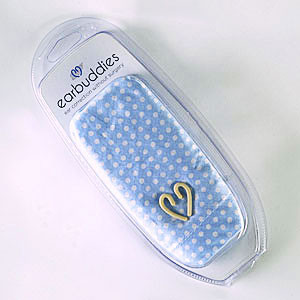Ear deformities are not rare in newborns and there are many variations of them. Given the complexity of how the ear forms from six separate cartilage islands in utero, it is no surprise that there are going to be birth defects associated in their shape. It is well known that some neonatal ear forms can be reshaped by early modeling of the ear cartilage. The question is how early does neonatal ear reshaping need to be started to be most effective.

It is not uncommon to get contacted by a mother sometime in the first month or two after birth about their infant’s ear deformity. They want to know if it is too late to start ear molding therapy. While it is known that the ear cartilage becomes stiffer quickly as the infant grows, it has never been specifically determined at what age is too late to begin treatment. This study shows that when considering device molding therapy for misshapen ears, a reasonable chance of success can only be offered to parents of children up to six weeks of age.
Even when beginning ear molding at the right time, a certain percentage (about one-fifth) of patients will not be able to have a successful result due to problems with tape irritation and instability of the device. But for those infants that complete the therapy successfully, they have a significant chance of avoiding the need for otoplasty surgery later in life.
Dr. Barry Eppley
Indianapolis, Indiana


